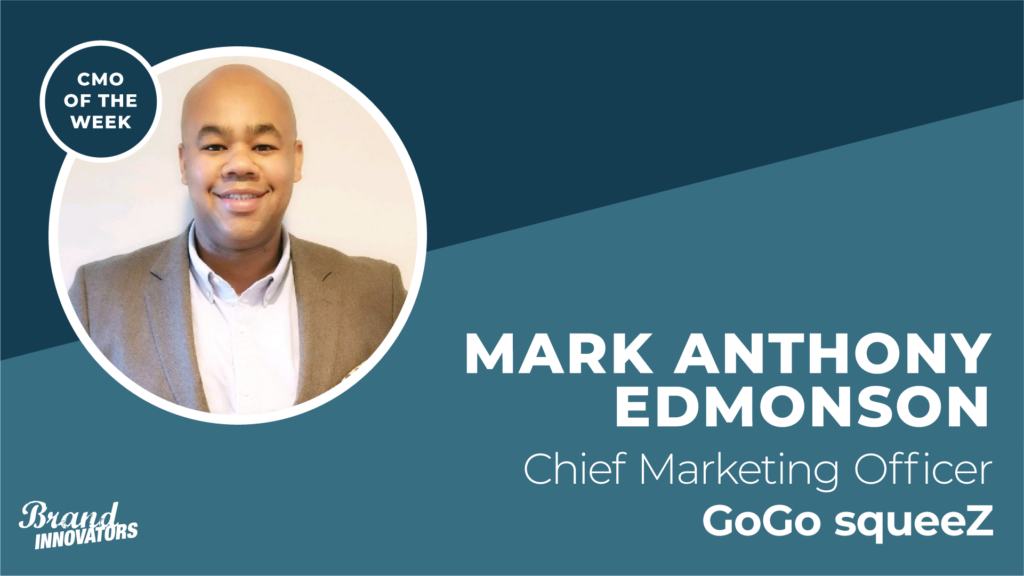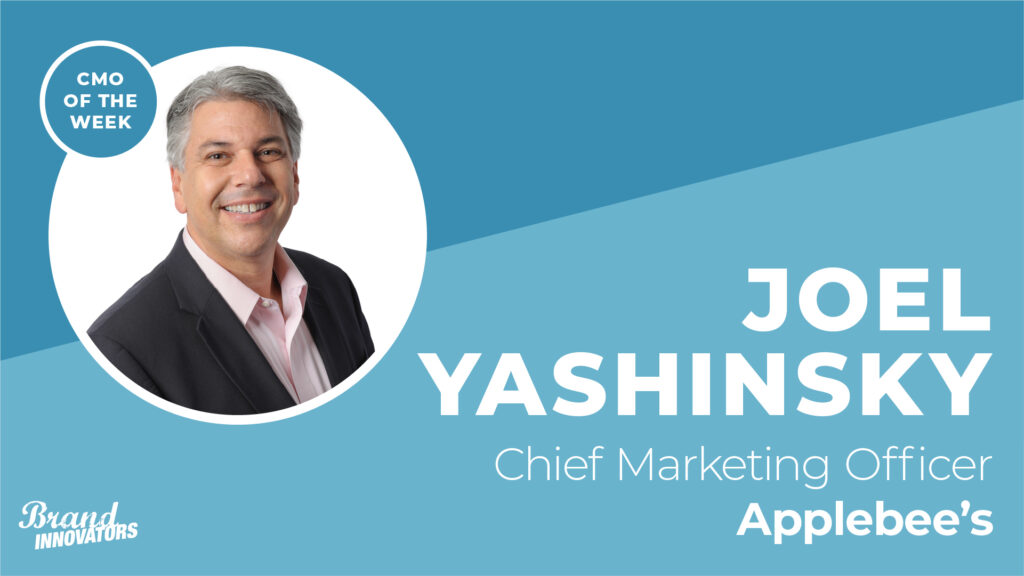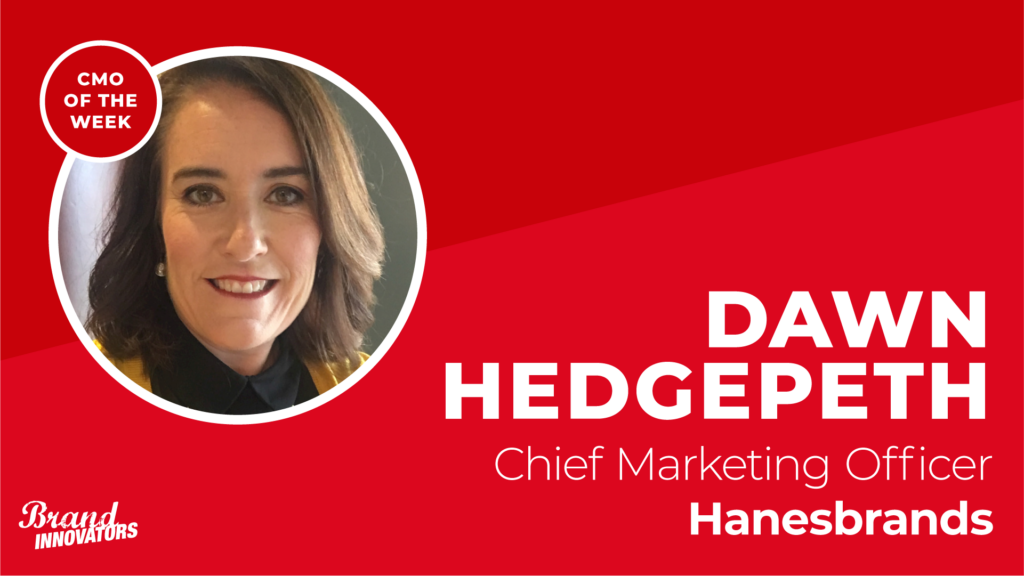Sanyu Dillon, chief marketing officer of Penguin Random House, knows that marketing books is a unique challenge. The publishing house is on a mission to ignite a universal passion for reading by creating books for everyone.
“We believe books and the stories they hold, have the capacity to connect us, change us and carry us toward a better future,” explains Dillon. “I think it’s very exciting to champion a passion for reading by reaching a very broad group of readers, and sort of flipping the script on the traditional approach to marketing to readers and delivering on what we like to say is reader led, versus just reader aware, campaigns and activations.”
Essentially, Penguin Random Houses wants to bring more people into the fold of reading. In doing so, the brand acknowledges that reaching readers can be complex since they span across different categories. “They each want different reading experiences, and they’re looking for books that solve different needs,” says Dillon. “Everything that we do we try to convey to the reader that if you’re looking for an escape and to be entertained, if you’re looking to learn, if you’re looking to understand, there’s literally a book for that.”
This approach drives the brand back to their North Star: their readers. “We’re thinking about who they are, where they are and what they want and need,” Dillon explains. “Within my team, we strive to understand what inspires and motivates readers from all different backgrounds and life stages. We use this knowledge plus data to reach and engage them in meaningful ways. Our goal is ultimately to earn their trust and their advocacy and their future business as the best place to find their next read. How do you build this trust? I think it’s communicating with our readers in very authentic ways. We have to do that by understanding what their needs are and how a book can deliver on those needs.”
Reading requires the precious resource of time and the brand sees itself as competing for time. “Reading is a highly disruptive habit, because anything that changes – a routine, a new job, a different commute, getting married, having children – disrupts how often you read and also sometimes what you are in the mood to read, what you have time for, and what you have space for,” reflects Dillon.
Penguin Random House has created an initiative promoting the habit of reading. One expression of this platform is to “stop scrolling and start reading,” to encourage consumers to spend less time on their phones. Another iteration is tied to consumers’ desires to get out in nature more. The message encourages people to read outside or listen to an audiobook while taking a walk. The platform highlights the emotional benefit and satisfaction that you feel when you finish a great book and how exciting it is to talk about books with your community. “That’s something that’s very unique about our product and that’s something that we try to convey in our messaging,” says Dillon.
Brand Innovators caught up with Dillion from her home office in Brooklyn to talk about the unique opportunities of marketing books, the challenge of discovery and building a more inclusive publishing industry. This interview has been edited for clarity and length.
In what ways do you tap into consumer’s passions for reading in the marketing?
The reading experience is very unique to each individual reader. And the kind of experience after they read the book, and then actually how they then communicate about what they read is very unique as well. We always have to acknowledge that the way that we reach readers is very complex, because we publish hundreds of books a year that could go to hundreds of different types of readers. A book is a uniquely positioned product to help deliver on something. Either it’s a way to better understand a particular social issue that’s happening, it’s a way to learn and improve oneself, whether it’s being a parent or leadership, or really just taking much needed self care time to get away from doom scrolling and escape into a fictional world. So we see every campaign that we launch as unique, because it’s not just about the act of reading. Yes, of course, it is about that. But it’s also the experience you’re going to get from a particular category or from a particular book.
We look at the activations that we launch, we always start with, what is the opportunity that we have from the consumer perspective? What are consumers looking for? One of our insights that we know for 2022 is that families want to spend more time cooking at home. That is clearly an opportunity for us to create promotions for families around cooking together and spending quality time together. And that’s going to be very different from a promotion than we would launch for readers that are looking to escape, because they want to read happily ever after stories and they’re really into romance.
Book sales grew significantly during the pandemic. Can you talk about how the brand has navigated the growth and how you are encouraging people to keep reading even as people return to their social lives?
The pandemic changed the way people read. What I’ve always said is that reading is a highly disruptive habit. And what disrupts the habit most times is time. More time means you are reading more or less time means that you’re reading less. What we saw in 2020 with the pandemic, of course, was an increase in demand for things like study guides and workbooks when families were stuck at home with their kids at the very beginning of the pandemic. As the pandemic kind of continued, and people were hunkered down at home, they started to embrace new hobbies. So we saw an increase in books around gardening and cooking and interior design. With George Floyd’s murder in the summer of 2020, we saw a ton of books hit the list around social justice and books examining racism. And then at the end of 2020, you had the election, so all of these political books surged. Then in 2021, we saw a surge for fiction and readers looking to escape and be entertained, so genres like science fiction and fantasy and romance have really popped.
In 2022, it is less about the particular category and more just around people looking to build their reading habit or find a way to sustain the habit. So we’ve launched a year’s long initiative around the habit of reading. The first expression of that is a campaign called “Read Receipts.” Last year, we posted a graphic on Instagram with texts from my books and we were flooded with people asking if they could sign up for the texts. And so we’re kind of fulfilling their dreams by launching this SMS campaign, which is going to feature audio clips from authors, science-backed habit building tips and weekend reading challenges.
Has the pandemic changed how people buy books and has this impacted your media buy?
One of the biggest challenges we’ve always faced in our industry is discovery, because the online marketplace is not necessarily a browsing experience, so you really need to know what you’re looking for. When a lot of bookstores were closed or they had limited operations during the pandemic, it just heightened that. On the marketing front, we addressed this by launching something called Today’s Top Books, which is essentially a site that serves up the top five trending books in real time, essentially the books that everyone’s talking about. The site is fed by proprietary social listening technology that we created with our data science team. It’s unique in that other resources exist that help readers find their next read but a lot of those resources are either strictly editorially led or sales based and our tool combines sales with social conversation to curate book recommendations.
In terms of our media buy, we just added more investment in social, because we know that’s where readers are spending their time discussing and recommending books, but also engaging with their favorite authors. And with the rise of phenomena like BookTok, we feel like this investment has really paid off.
How are you working with the authors on this to help pull in readers?
For our authors, it starts with storytelling. We train our authors to tap into their story, their personal narrative and then we help them determine the best place and platform for them to tell that story. But we also want to make sure we’re aligning with the audience that they’re currently reaching, or that they want to reach. not all authors should be on TikTok or Twitter. And the message really has to be genuine and authentic, it has to be in their voice and tone to effectively reach readers.We may advise authors that are more in the lifestyle and food space, to really lean into Instagram and Pinterest. We may advise authors that are in the YA, and genre space to really think about TikTok. And then, Twitter is an opportunity for authors that are in the social justice or nonfiction space. But also social may not be the best place. Some authors use their paid platforms or use paid speaking as their platform and that also works.
Is there a role for emerging technologies like the metaverse for Penguin Random House, and what might that look like if so?
It’s not new that people want to form a community around books and back in the day that was at the bookstore. With the rise of the Internet, social became the place where people wanted to talk. And we’re always thinking about how the storytelling format is shifting and how marketing platforms continue to evolve. I think the metaverse is a really interesting place and our discussions have been around how to engage with consumers there, and how to tell stories in a different way. When we think about engaging consumers, there’s an opportunity for book clubs. There’s opportunities for authors to create avatars, because it’s a new way for them to connect and interact with their fans. In terms of new ways of storytelling, it’s an opportunity to build literary worlds, where the new generation is hanging out and telling stories that aren’t in a book, but are exclusively in the metaverse. We just feel that it’s a natural fit, because books drop you in the world and after you’re finished with that world, you kind of want to engage with other readers and connect with the author. And with the metaverse it’s an opportunity to kind of go deeper into that world with other fans alongside you.
What are Penguin Random House’s commitments to DE&I, and how have those manifested in your work as a marketer?
We’re committed to building a more inclusive publishing industry and an equitable workplace by making sure the books that we publish and promote and our workforce reflect are more reflective of society demographics. As a marketer, having a deep understanding of all readers is important. What we call it is building cultural fluency that we fulfill our role of being a reader-centric organization that speaks to all readers.
One thing that we’ve done is moved away from connecting with our communities exclusively around cultural moments, because reaching different communities and meeting them where they are on the platforms they use most, should be an always on and ongoing strategy versus a kind of flash in the pan that goes away after a month. Having this ambition to build cultural fluency is great. But in order to fulfill the ambition, you actually need to put things in place to achieve it.
Two things that we did internally: the first we developed a set of anti-racist policies to frame how we show up in our communications in an equitable manner. We continually audit all marketing activations through the lens of author diversity with balanced creative representation, media outlets, segmentation, suppliers and partners. The second thing is we launched an internal forum, or task force, which essentially serves as a company wide resource to review marketing and publicity materials with a diversity and inclusion lens.
The team is comprised of marketers from around the company, with representations from various backgrounds. And the goal is obviously to ensure that we create a more diverse and inclusive experience for all of our leaders. From the campaign perspective, we also work to infuse social impact into our campaigns. For example, we worked with the Black Creatives Fund on Always Black, which is our Instagram platform. Our Pride campaign, Pride in Your Words, celebrates the worlds and stories of our LGBTQ+ authors. We created a physical and digital zine with recommended reads, author interviews and quotes. And we’re partnering with lettering artists from different communities, and bringing these posts to life on billboards in key LGBTQ+ and Banned Book cities across the country.
You have been with the company for more than 18 years, can you share how your experiences in earlier roles at the company have helped shape your approach to leadership?
I’ve been here for 18 plus years, which I can’t believe, but It’s never felt the same. For one, marketing is a dynamic field, so it’s always changing. I’ve also had the pleasure of working with hundreds of authors over my career. They all had different audiences, different messaging and different stories. Because of both of those things, it’s been super important to be open and curious and to take risks. I try to lead by example and bring an entrepreneurial mindset and openness to change to help navigate my role. I’m fortunate that Penguin Random House really encourages and supports entrepreneurial thinking. My leadership approach is thinking more about the possibilities and less about the barriers and orienting the team towards action.
I’m deeply curious and I have broad interests. I pull from a lot of different places when developing these brand building strategies. We as a team, sometimes say an idea we have isn’t going to be the idea we end up with. So it’s important to be comfortable with the uncertainty as it takes shape. I try to mentally file away ideas and put them in the freezer for when we can use them. And while it’s great to take risks, at the same time, structure and rigor are still key, as is having a clear way to measure success. My approach is to let the big ideas take shape over time. Then the team is able to place the small bets along the way, and then move quickly when we see the opportunities to act.




